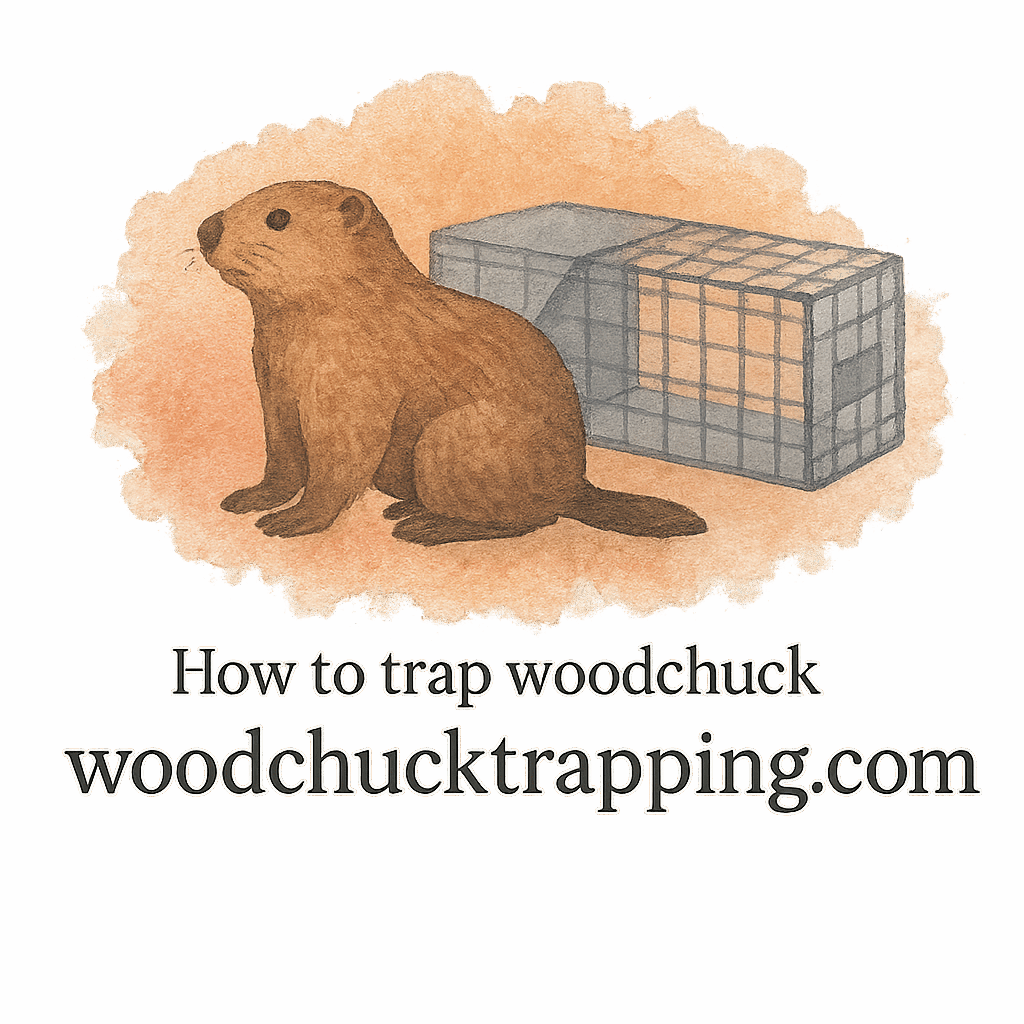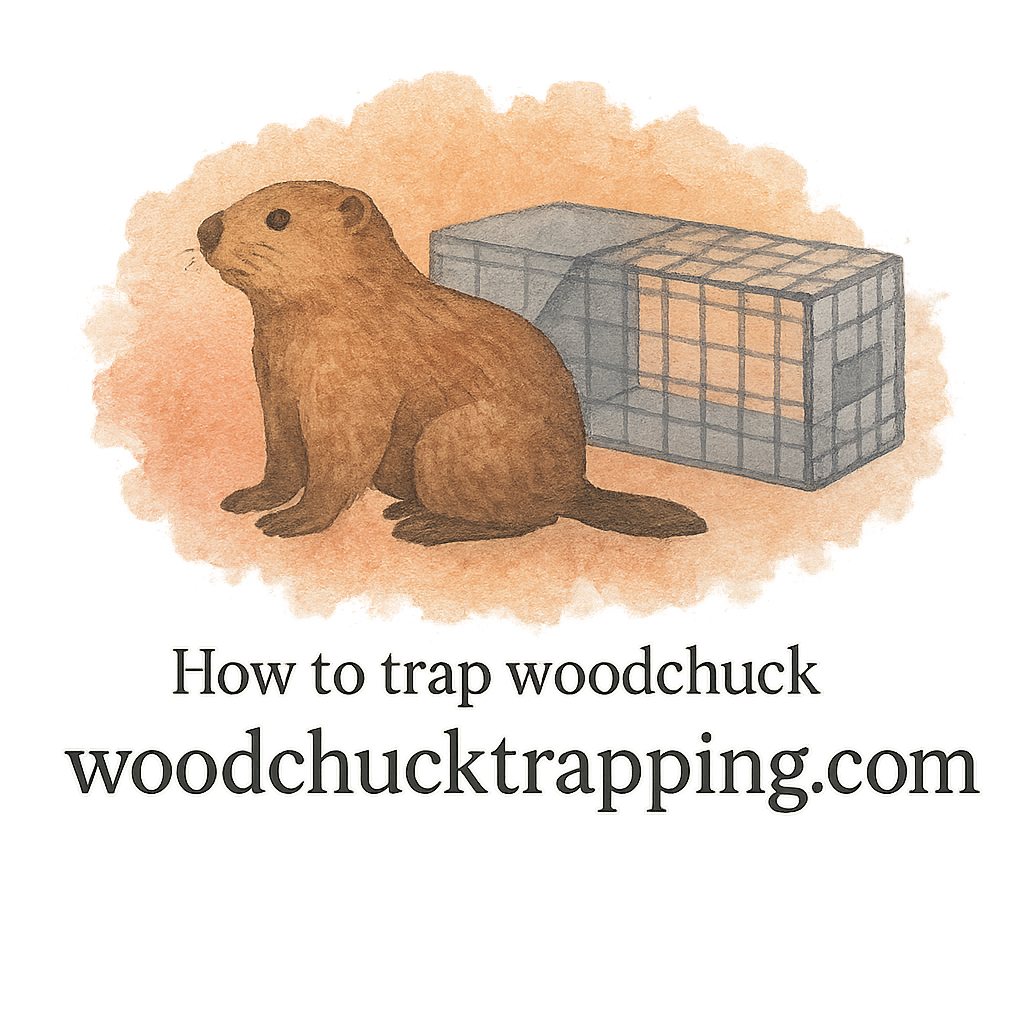Understanding Woodchuck Damage
When woodchucks decide to make your garden their new home, they bring chaos with them. These burrowing rodents can flatten your favorite plants, undermine structures, and create a mess that seems insurmountable at first. Before we dive into repairing the destruction, let’s understand the scope of what you’re dealing with.
Signs of Woodchuck Infestation
Look for the telltale mounds of soil near holes or under your shed. You may notice wide, gnawed plant stems or vegetables that have been half-eaten. If you’re seeing multiple entrance holes and noticeable damage in the morning, you’re likely dealing with a serious infestation.
Common Areas Affected in Gardens
Woodchucks love soft soil, vegetable beds, flower patches, and even mulch-covered pathways. Raised beds, lawn edges, and root zones of fruit-bearing plants are typically their favorites. If you spot collapsed soil or wilting plants, it’s time to act.
Why You Must Act Quickly
Long-Term Garden Health
Woodchuck burrows can disrupt root systems, weaken plant health, and open your garden to other pests. The longer they stay, the harder it becomes to reclaim your yard.
Preventing Structural Issues
Their burrows don’t just affect soil; they can cause damage to sheds, patios, and even garden walls. If left alone, this can lead to expensive repairs.
Method 1: Rebuilding Raised Beds
Materials You’ll Need
To restore destroyed raised beds, gather pressure-treated wood, organic compost, screws, a power drill, and a level. Add mesh to the bottom to deter future digging.
Step-by-Step Guide
- Clear the area of damaged wood.
- Level the ground and place mesh on the base.
- Rebuild the wooden frame securely.
- Fill with enriched soil and compost.
- Replant hardy, woodchuck-resistant vegetables.
Method 2: Replanting Damaged Vegetation
Choosing Woodchuck-Resistant Plants
Plants like lavender, garlic, onions, and daffodils are less attractive to woodchucks. For a full list of planting tips, check our section on baiting and luring.
Soil Conditioning After Damage
Woodchucks compact and disturb the soil. Loosen the area, mix in compost, and water it thoroughly before planting anything new.
Method 3: Reinforcing Fences and Borders
Best Fence Types for Deterrence
Install a steel mesh fence at least 3 feet high with the bottom buried 1 foot underground and bent outward. This helps prevent burrowing.
Compact Traps and Barriers
Pair fencing with compact traps or physical barriers for smaller yards. Use trap gear that fits your specific layout.

Method 4: Filling Burrows Safely
When to Fill a Burrow
Never fill an active burrow. Confirm that the animal is gone first by placing a light object over the entrance and checking if it’s disturbed after 48 hours.
Tools & Techniques
Use a shovel, heavy soil, gravel, and even crushed stone. This prevents them from returning to the same location. For humane advice, read more about handling burrows.
Method 5: Natural Repellents and Deterrents
Using Scent-Based Baits
Natural scents like garlic spray or hot pepper oil can ward off woodchucks. Learn more about using scent bait effectively.
Homemade Repellent Recipes
Mix water, crushed garlic, cayenne pepper, and dish soap. Spray on affected areas twice a week.
Method 6: Installing Motion-Activated Devices
How They Work
Devices like motion-sensor sprinklers or ultrasonic emitters scare woodchucks without harming them. They’re great for maintaining peace in a humane way.
Best Placement Strategies
Install these at key points near your vegetable beds or suspected entry points.
Method 7: Soil and Lawn Restoration
Leveling and Seeding the Lawn
Flatten uneven areas with topsoil, then reseed using native grasses. Water and fertilize for 2-3 weeks.
Aerating and Fertilizing Damaged Soil
Use a garden fork or mechanical aerator. Follow up with organic fertilizer to rebuild nutrient levels.
Method 8: Woodchuck Trapping and Prevention
Humane Trapping Tips
Always use humane traps with gloves. For best practices, check out our full trapping techniques guide.
Preventative Measures Moving Forward
Install equipment, block re-entry with mesh, and educate yourself on local laws and safety protocols. Don’t forget regular yard damage prevention.
Final Thoughts on Woodchuck Damage Repair
Dealing with woodchuck damage can feel like a never-ending battle, but by following these eight methods, you can reclaim your garden and protect it from future infestations. Combine physical repairs with smart prevention to win back your green space.
FAQs
1. What are the best plants to repel woodchucks?
Lavender, garlic, onions, mint, and daffodils are all good options.
2. Can I trap a woodchuck without harming it?
Yes, always opt for humane trapping techniques and follow legal guidelines.
3. What’s the best fence to keep woodchucks out?
Steel mesh fences buried a foot deep are most effective.
4. How do I know if a burrow is active?
Place leaves or twigs at the entrance and check for movement within 48 hours.
5. Are natural repellents as effective as traps?
They can work well when combined with other methods like motion-activated devices.
6. How can I prevent future woodchuck damage?
Use trapping essentials, maintain clean yards, and install barriers.
7. What should I do with a trapped animal?
Follow local laws and safety rules for relocation or contact a wildlife professional.


